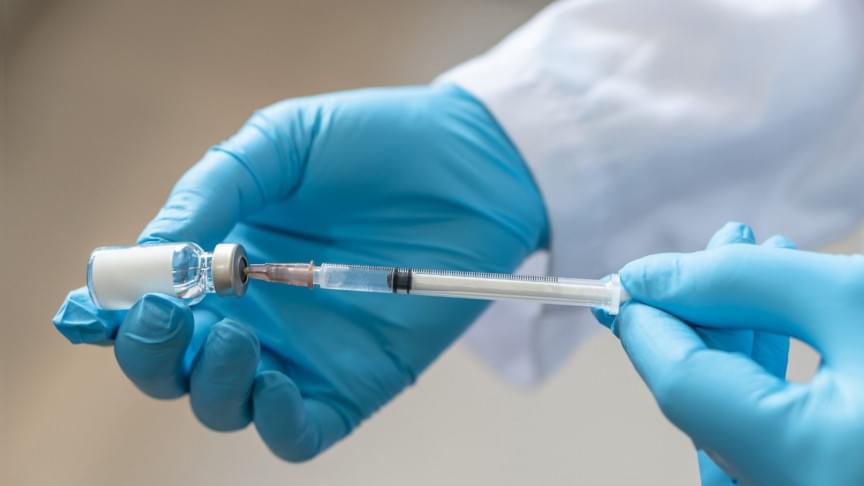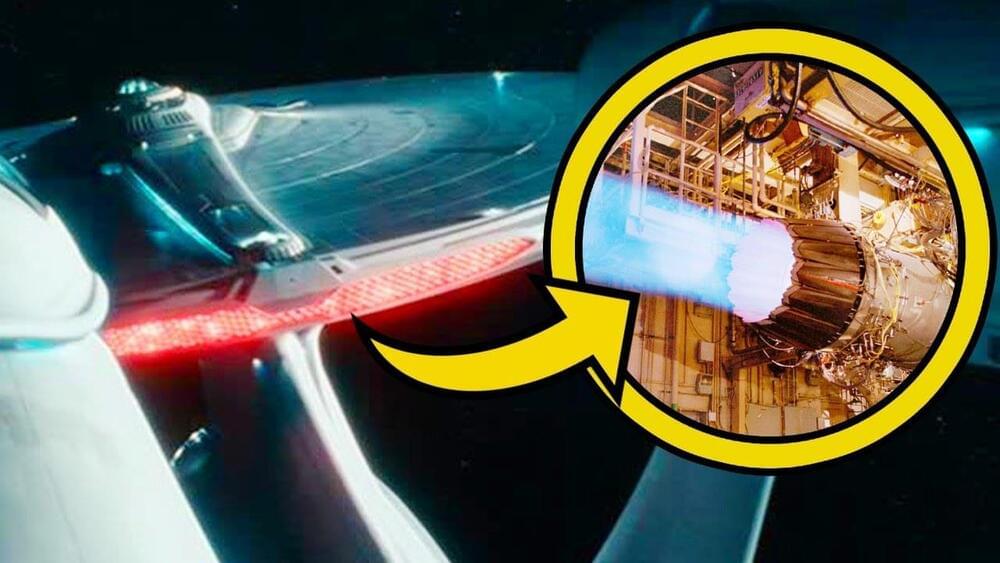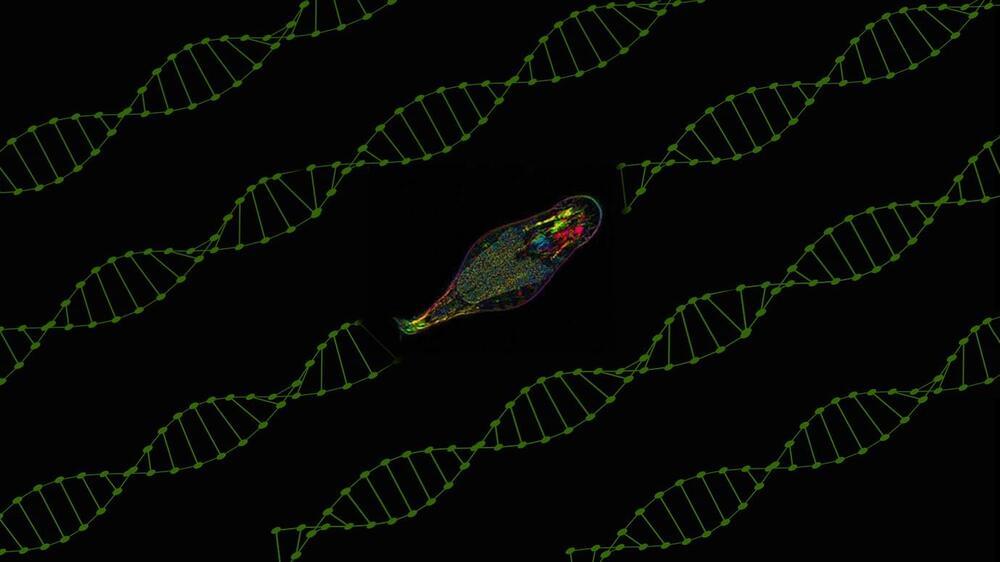
Get the latest international news and world events from around the world.



MIT researchers propose new theory to explain Earth’s Great Oxygenation Event
This reveals the most important change “in the history of the planet”.
Researchers at the Massachusetts Institute of Technology (MIT) have proposed a new theory to explain how oxygen concentration might have built up in the Earth’s atmosphere, according to a press release.
Billions of years before the first humans were born, the Earth’s atmosphere lacked the oxygen we need to survive. Some microbial organisms were using photosynthesis to generate some oxygen, however, the amounts produced were not sufficient to support many lifeforms. Around 2.3 billion years ago, though, the oxygen levels began to build up in the atmosphere, but the reasons for the same and still unknown. at the Massachusetts Institute of Technology (MIT) have proposed a new theory to explain how oxygen concentration might have built up in the Earth’s atmosphere, according to a press release.


The Path Towards Human Level AI
Human Level AI may be here sooner rather than later. As neural networks far surpass that computing power of the human brain, the prospect of a truly general AI becomes reachable. The economic value will be profound as AI will add trillions of dollars into the economy.
#ArtificialIntelligence #Superintelligence #AGI #HumanlevelAI #Exponentialtechnology #Singularity #Economichistory #simulation #metaverse #neuralink #trillionaire #nickbostrom #raykurzweil #computingpower

Elon Musk Shares Transphobic Meme Following Report of Grimes Dating Chelsea Manning
Sooner or later Musks childish, morally and politically inept use of social media will thwart his greater (and great) ambition. Whatever your personal beliefs, there is exactly ZERO doubt that every generation since and including millennials has become exponentially less willing to tolerate this kind of stuff. Musk is going to NEED to both the fresh and enthusiastic intelligence and majority scale support, and not JUST in SpaceX research labs and on site engineering teams either.
He’s going to need IMMENSE, PROLONGED, and RELIABLE political support even as the reins of power are being passed from one generation to the next. If he keeps using Twitter like he has nothing to lose and no one’s support He’s going to find that he really does no longer have anything to lose nor anyones support.
At that point, he’ll have difficulty getting from city to city, much less get to Mars to build CITIES or become a secure, far more survivable interplanetary civilization!
That would be a tragedy of possibly humanity extinguishing scale. Is THAT really worth the freedom to act like an entitled, petty child on social media?!
Musk and his dreams already have enemies enough. Why put HIMSELF at the top of that list? After all, this dream is NOT his alone, nor even remotly it’s originator. He’s just the only person to have the right mix of buisness acumen, technological literacy, enthusiasm, imagination, discipline, charisma, and luck to actually make it a reality. If he fails now, that dream WILL die. Whether its because of global warming, war, disease, atrophied critical thinking skills, educational decline, all of the above or some black swan event, the funds, time, will, and the global interconnectedness between scientific institutions and freedom to innovate and leverage those many convergent capabilities to achieve what MUST be achieved will be reduced or gone entirely. ☝️🤨👈
The post Elon Musk Shares Transphobic Meme Following Report of Grimes Dating Chelsea Manning appeared first on Consequence.

Martin Rees interview: Elon Musk could spawn the first post-humans
AS ASTRONOMER Royal, you have to assume Martin Rees isn’t in it for the money: £100 a year is the reward for advising the UK monarch on all matters astronomical.
It is just one of many hats Rees has worn, though – including president of both the Royal Astronomical Society and the Royal Society and, since 2005, as an appointed member of the UK’s House of Lords. His work as a government adviser and public face of science has come on the back of an equally distinguished career in cosmology stretching back more than half a century, encompassing seminal research on the nature of the big bang and black holes, extreme phenomena throughout the cosmos, the search for life elsewhere in the universe and, latterly, humanity’s own fate within it.

New DNA Modification System Discovered in Animals — “It’s Almost Unbelievable”
Marine Biological Laboratory finds gene captured from bacteria more than 60 million years ago.
Your DNA holds the blueprint to build your body, but it’s a living document: Adjustments to the design can be made by epigenetic marks. Cataloguing these marks and how they work is important for understanding biology and genetics—and coming up with therapies to address diseases and disorders.
In humans and our fellow eukaryotes, two principal epigenetic marks are known. But a team from the University of Chicago-affiliated Marine Biological Laboratory has discovered a third, novel epigenetic mark—one formerly known only in bacteria—in small freshwater animals called bdelloid rotifers.